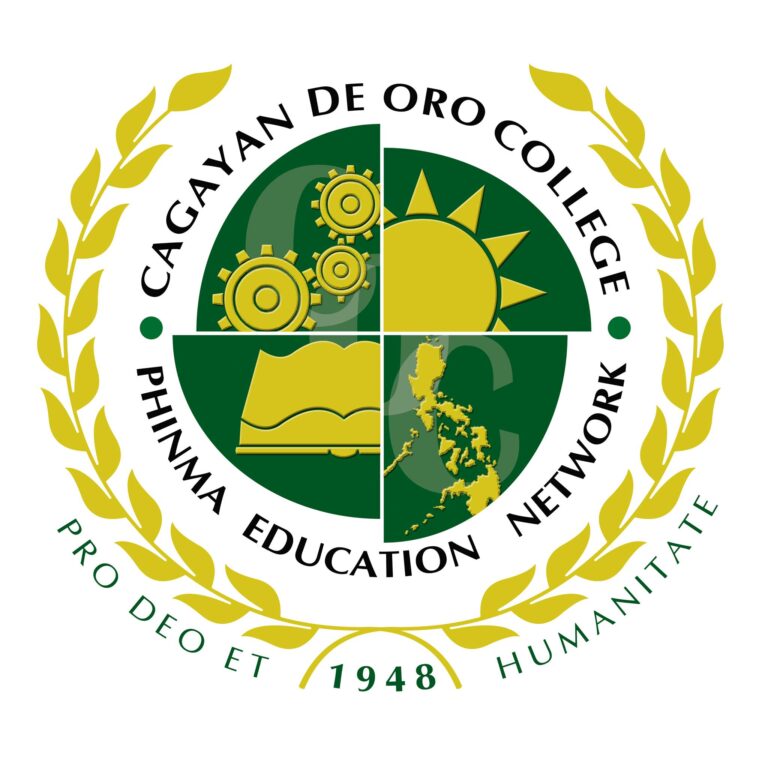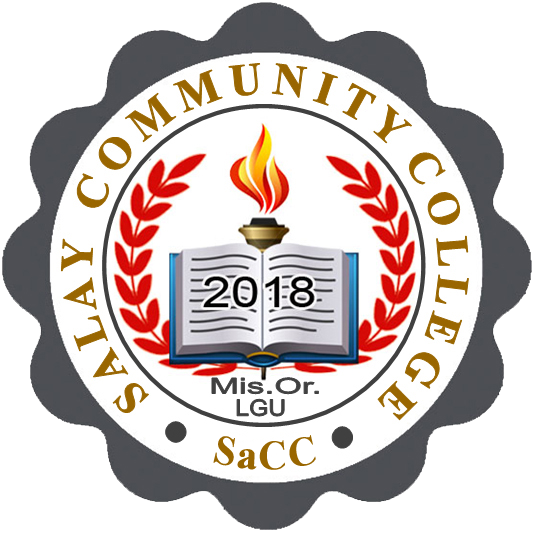Municipality of Laguindingan, Misamis Oriental
Laguindingan, officially the Municipality of Laguindingan (Cebuano: Lungsod sa Laguindingan; Tagalog: Bayan ng Laguindingan), is a 4th class municipality in the province of Misamis Oriental, Philippines. Strategically located between the cities of Cagayan de Oro and Iligan, it is home to Laguindingan Airport, the primary aviation gateway to Northern Mindanao. As of the 2020 census, Laguindingan has a population of 26,363.
Location and Accessibility
Laguindingan is situated approximately 46 kilometers west of Cagayan de Oro City and about 60 kilometers east of Iligan City. The town is accessible via the Iligan-Cagayan de Oro-Butuan Road, with connectivity supported by the Laguindingan Integrated Bus Terminal. The municipality is also part of the expanding Metro Cagayan de Oro area.
History
Originally called “Daligdigan,” from “daligdig” (trickling water) and “digan” (a buri plant), the town’s name evolved into Laguindingan for ease of pronunciation. Early Spanish presence is evident in the Moog port at Punta Sulawan, once a hideout for pirates. Settlers, led by Calixto Caseres from Alubijid, established permanent residence, followed by migrants from Luzon and the Visayas.
During World War II, Laguindingan served as a refuge and strategic blockade area against Japanese forces. The first religious institution was the Philippine Independent Church, marked by a cross still standing on Salcedo’s Hill. The town officially became a municipality on June 23, 1963, through Republic Act 3824.
Governance
As of 2025, the municipal government is led by Mayor Roy Macua, with Vice Mayor Cherwin Gabutin and a Municipal Council that oversees governance, development programs, and public services. The local government is focused on sustainable development, youth empowerment, tourism promotion, and infrastructure enhancement.
Barangays
Laguindingan is subdivided into 11 barangays:
- Aromahon
- Gasi
- Kibaghot (San Isidro)
- Lapad
- Liberty
- Mauswagon
- Moog
- Poblacion
- Sambulawan
- Sinai
- Tubajon
Climate
Laguindingan experiences a tropical climate with high humidity. Average temperatures range from 24°C to 30°C. Rainfall peaks from May to October, with June receiving the highest precipitation at 423 mm. The municipality has an average of 313 rainy days per year.
Demographics
The majority of the population are Visayans from Cebu, Bohol, and surrounding islands. Indigenous Higaonons reside in upland areas, while settlers from Luzon (Tagalog, Ilocano, Kapampangan) and Mindanao (Maranao, Maguindanaon, Tausug) have also contributed to the population growth. The main language is Cebuano, with widespread use of Filipino and English.
Economy
Laguindingan’s economy is anchored on agriculture, trade, and transport. It is known for:
- Laguindingan Airport: A Class 1 principal domestic airport, often referred to as “international” due to its infrastructure and future expansion potential
- MORESCO-1: Head office of the local electric cooperative
- Handwoven Mindanao silk industry
- Seafood and marine products at the Saturday Market (tabu)
- Tobacco farming
- Heavy equipment and transport vehicle dealerships
- Livestock trading and lechon supply
- Scuba diving and beach tourism in Tubajon
- Balsa sa Laguindingan: Floating cottages that drive local tourism
Sustainability programs include mangrove reforestation, marine protection zones, and LGU-led waste management campaigns.
Infrastructure and Transportation
The municipality is serviced by:
- Laguindingan Integrated Bus Terminal (since 2016)
- Tricabs and habal-habal for local transport
- Proposed Philippine National Railways extension, still in the planning stage and not yet confirmed
- Road upgrades connecting barangays to the national highway
Laguindingan lacks sea transport facilities, but nearby Cagayan de Oro Port serves as the main seaport for goods and passengers.
Tourism
Notable attractions include:
- Balsa sa Laguindingan (Moog Bay)
- Binitinan Islet in Mauswagon
- Tagbabanga Spring in Sinai
- Balete Hill (Hill Top)
- My Relaxing Terrace in Tubajon
- Berhen Milagrosa in Moog
- La Cueva Con Agua in Mauswagon
- Tubajon Mangroves
- Laguindingan Watchtower
- Our Lady of Fatima statue in Sambulawan
The LGU has initiated training for local tour guides and tourism services.
Events and Culture
- Tobacco Festival (July 12)
- Charter Day Celebration (July 12)
- Holy Week Trek (Balete Hill, Maundy Thursday)
- Miss Laguindingan Pageant (July 8)
- Town Fiesta (April 20)
Each barangay also celebrates its own fiesta in honor of patron saints. Traditional Visayan cuisine, dances, and religious practices remain central to local identity.
Education
Elementary Schools:
- Laguindingan Central School
- Aromahon Elementary School
- Gasi Elementary School
- Kibaghot Elementary School
- Lapad Elementary School
- Liberty Elementary School
- Mauswagon Integrated School
- Moog Elementary School
- Sambulawan Elementary School
- Sinai Elementary School
- Tubajon Integrated School
Secondary Schools:
- Laguindingan National High School
- Kibaghot National High School
- Mauswagon Integrated School
- Tubajon Integrated School
Vocational education is a developing initiative. While the LGU encourages technical training, specific TESDA programs in Laguindingan are still being established and are not yet widely documented.
Public Services and Safety
- Laguindingan Municipal Health Center
- Barangay Health Stations across all barangays
- Local Disaster Risk Reduction Management Office
- Active Philippine National Police substation
- Solid waste segregation and recycling programs






